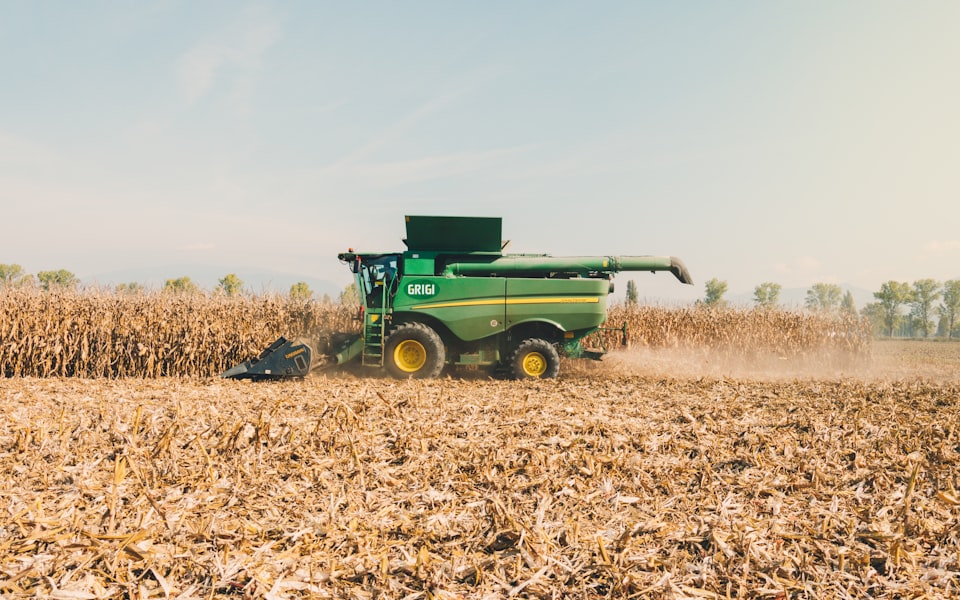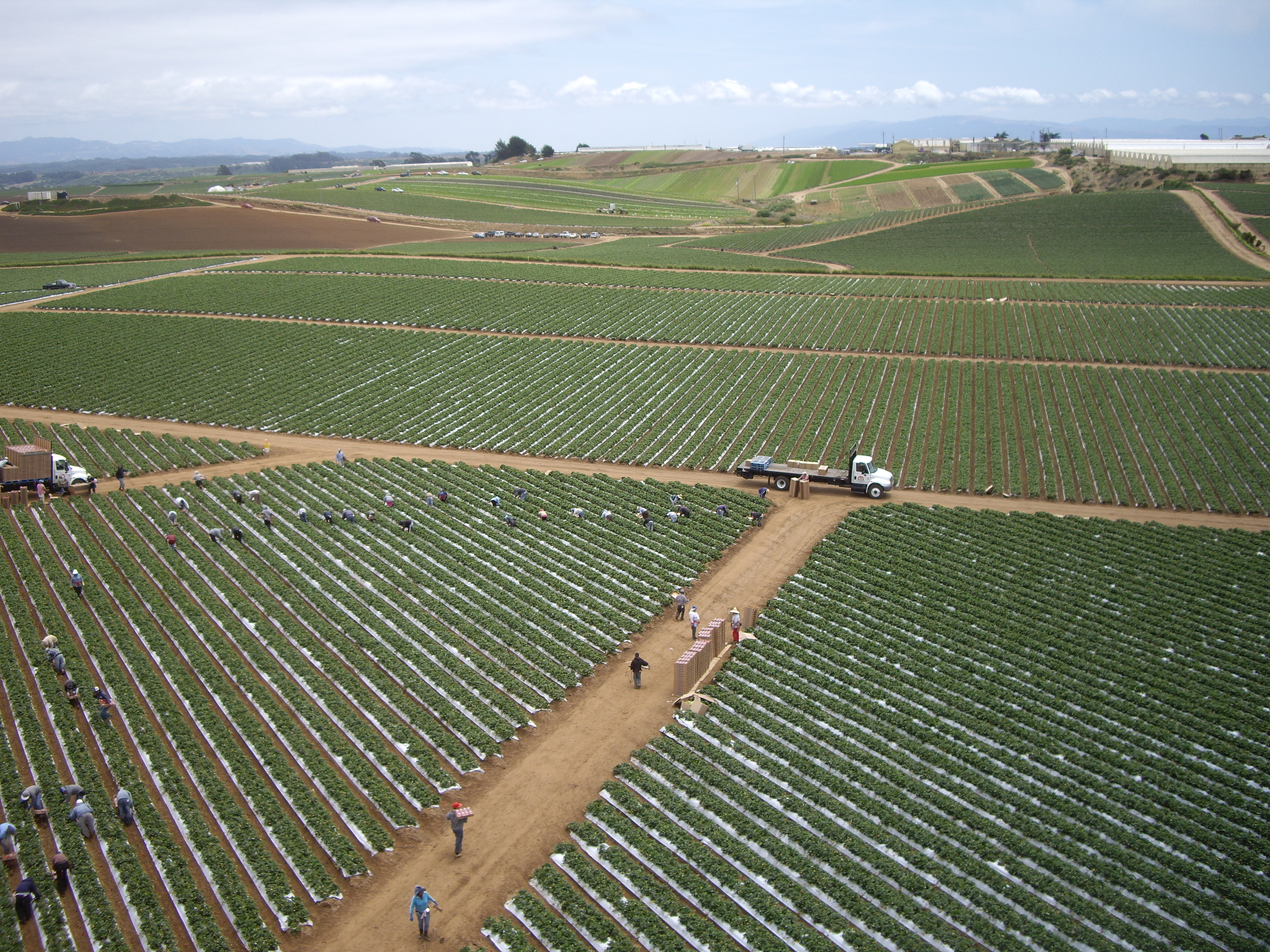GMOs: Good or Bad?
GMO's- get informed. There are the obvious cons, but there are also pros that you wouldnt expect.

I was wrong about GMO’s. Or at the very least, uninformed.

Luckily, a friend educated me through a series of posts on Facebook.
Here are Gabriel Stempinski’s thoughts:
“Bt* GMOs (the crops resistant to glyphosate) are one of literally tens of thousands of different GMOs. You’re hung up on one specific gene and the herbicide it’s designed to resist and failing to see the multitude of other GMOs created to provide increased nutrition, or crop yield, or even pharmaceutically valuable chemicals. It’s like saying “I hate mosquitoes, they’re problematic and they spread disease, so let’s eradicate all flying insects.”Were we to 100% stop using GMO grains and glyphosate, I’d venture to guess that literally nothing major would change aside from crop output and food prices. The soil quality would still be exactly what it is, farmers would still have to supplement with chemical fertilizer in areas of poor / overworked soil, our dietary habits of eating refined crap and way too much sugar would be just the same.The health ills you’re mentioning are, at best, corollary to GMO crop proliferation, and correlation does not equal causation. You’ll find a much higher correlation to micronutrient deficiency when you look at eating habits. A culture that is heavy on processed food, grain, and sugar will have these same deficiencies — regardless of organic or GMO.GMOs aren’t the cause of poor soil. Monoculture farming (i.e. growing a single crop) supplemented by chemical fertilizer is at fault. When you plant non-GMO wheat in the same field year after year, and treat the field with nitrogen-bearing fertilizers, you’ll get a crop every single year, but after a few years you’re essentially just growing it in sand. So that’s a farming practice / industrial farming issue, and a valid one at that. However, it’s not unique to or related to GMO.Again, I want to emphasize that equating GMO crops with Glyphosate is a total straw-man. Of the tens of thousands of engineered plants, only a very small handful of them are engineered to resist Glyphosate. When folks throw around non specific phrases like “GMOs increase glyphosate usage,” it’s like saying “Insects spread Malaria.” While technically correct in the very broadest sense, it leads the general public to freak out every time they see a beetle or a housefly, when it’s really only ONE species out of many thousands of insects that spread malaria. So if we’re going to have an honest debate on this topic, then let’s not speak so broadly about GMOs in general, but more specifically about the small handful of engineered plants that are at the crux of the complaint.The WHO lists glyphosate as a “group 2 carcinogen,” which is an important distinction. That classification specifically means (and this is right from the WHO): “This category includes agents for which, at one extreme, the degree of evidence of carcinogenicity in humans is almost sufficient as well as those for which there is evidence of carcinogenicity in experimental animals. The terms ‘probably carcinogenic’ and ‘possibly carcinogenic’ have no quantitative significance and are used simply as descriptors of the evidence.”In short, there’s no actual proof of carcinogenic action, just suspicion based on animal studies or models. Here’s a few more type-2 carcinogens that we should worry about:Yerba MateRed meatFrying oil emissionsWorking as a hairdresser or barberShift work that disrupts sleep patternsVinylCarbonCoconut oil condensateCoffeeParaffin waxRadiofrequency electro magnetic fields (cell phones)So yes, there’s some evidence that glyphosate is a potential carcinogen, but it’s the same amount of evidence as coffee, candle wax, coconut oil and your cell phone. Not sure there’s not going to be a glyphosate-induced cancer epidemic based on that level of evidence, nor any cause for high alarm.On the other hand, the increased crop yields that have been brought about certainly is a tangible benefit. Norman Borlaug’s Nobel Peace Prize for saving a billion people from starving to death by increasing the world’s food supply is a prime example of the benefit. I personally dig the development of golden rice (contains vitamin A) to help combat blindness in poor parts of Asia, with seeds and licenses to grow given freely to any subsistence farmer, as well.Now let me give you my arguments against GMOs.Here are a few real problems as far as I’m concerned:GMOs in general further enable monoculture farming. Farmers used to plant multiple crops as a way to “diversify their portfolio.” If you get a poor tomato crop due to a disease or invasive weeds, then you’ve got all these other crops in your field as a backup. You’d rotate your crops through your fields and let a field or two lay fallow each year so the soil could regenerate, you’d have a higher diversity of products. You’d have milkweed and other native plants growing in the drainage ditches, or between row crops providing habitat and food for natural pollinators like bees and butterflies.But now, science has come in and royally screwed that system right up. It’s now rare to find a farm that grows more than 2 or 3 crops, and most of the large ones grow a single crop, and you almost never find any native plants, no weeds, no nothing else inhabiting those fields or irrigation ditches. So we see butterfly populations die out because their food is gone, bee populations diminish because they have no food or only one type of food (micronutrient deficiency), we see stewardship of the land completely vanish because who gives a damn about the soil quality anymore? We can grow anything anywhere now, so long as we buy the right seed and spray the right fertilizer.The way it’s done is inherently unsustainable. Eventually the salts build up to such a degree that the ground is just dead and sterile, and the ground water is screwed too. There’s no multi-generation longevity to the farming method.GMOs increase our consumption of meat to physically and environmentally unhealthy levels. This one follows a long and winding path, but I think if I don’t screw up the chain of thought I’ll be able to show you how I come to this conclusion.We can now crank out feed grain so incredibly efficiently with amazing crop yields, that’s caused the inflation adjusted price of feed to drop dramatically from pre-GMO generations. The average American eats around 175 pounds of meat as of 2008 (most recent numbers I could find from a reliable source).100 years ago, we ate half that amount and we only had 1/4 of the population. Additionally, over the past 50 years, meat adjusted for inflation has become less and less expensive due to cheaper (over long term trends) feed in large part.So we have GMOs creating huge yields of meat, which lowers prices, which brings about modern day high capacity feedlots, which floods the market with meat driving meat prices down and creating a huge industry / culture around gorging on meat (don’t get me wrong, I love a good steak). The massive amount of shit and runoff from feedlots is a major problem. These feedlots are largely the reason we end up with so much antibiotic resistance, and the cheap massive amount of meat we eat is a national health crisis.Before GMO times, when grain yields were half what they are now (or less), grain was too expensive to feed animals. We had to send the cows out to pasture and couldn’t raise dozens of them per acre of land, so meat was leaner and more expensive. Thus, we ate less of it and everyone was better off.I think there are certainly a number of compelling reasons to question GMO usage in general, as well as specific genes. But on balance, I’m still in support of GMOs because they’re an important piece of the puzzle of how we’re going to support 10 billion humans on earth by 2050. They’re an important piece of the puzzle not just for food production, but for medicine and industry, too. Before we were able to genetically alter bacteria to produce insulin, diabetics had to inject pig insulin, for example.”




Member discussion